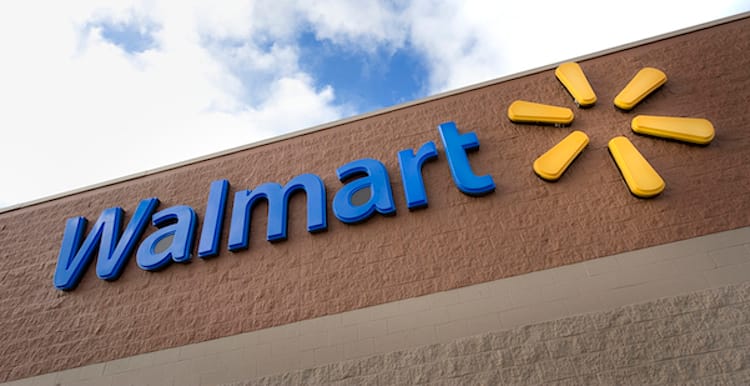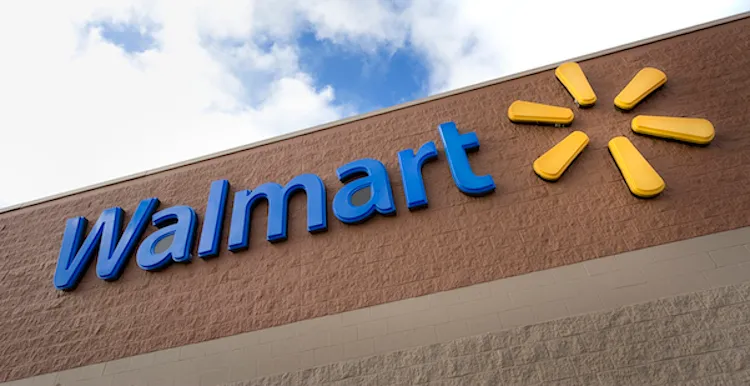ROCKVILLE, Md. — Among many of today’s consumers, retailer loyalty extends only as far as conveniently and cost-effectively getting the best price on the product they want. The retailer that meets that need wins the sale. Based on this logic, it’s no wonder Walmart continues to essentially go toe-to-toe with retail juggernaut Amazon. Analysis featured in Walmart U.S. Strategies and Shoppers, a recent report by market research firm Packaged Facts, makes a strong case in Walmart’s favor to convert Amazon shoppers into Walmart loyalists.

“Omnichannel commerce, demographics, geography, assortment breadth, and brand expansion are converging to widen the customer target beyond Walmart’s already massive usage footprint. And against the backdrop of these changes, Walmart’s pricing is as competitive as ever. All that needs to happen is for the uninitiated to give the retailer a try,” says David Sprinkle, research director for Packaged Facts.
In making a case for Walmart, Packaged Facts research reveals that:
- Among more affluent shoppers, giving Walmart a try has already begun to happen. While Walmart has historically relied disproportionately on lower-income consumers, its e-commerce sales skew toward more affluent households. Walmart is also carrying more and more upscale brands—providing touchpoints with upscale targets.
- Walmart is also gaining on Amazon’s product assortment leadership. By blending in-store product offerings with an aggressively expanding assortment of online items, Walmart can meet a greater variety of need states across retail categories.
The problem inherent in converting the Amazon loyalist is that Amazon is clearly not just a retailer. Amazon has developed a consumer engagement ecosystem that not only meets retail shopping needs across an endless sea of items over an increasing deeper and wider set of categories but also meets a slew of other leisure and entertainment needs via a host of related services, even while its Alexa virtual assistant and its army of gadgetry weaves itself further into the fabric of the home.
Walmart (and other major competitors such as Target) are layering in services and features that chip away at the power of Prime, among them 2-day free shipping, click-and-collect, and subscription services. But more fully competing against Amazon will likely require establishing major technology partnerships with Amazon competitors. In Google and Microsoft, it has likely chosen well.
But make no mistake, demographic change is in the wind.
“Two years from now, will millions of affluent shoppers who would not have considered shopping at a Walmart location be interacting with the brand? Signs point to yes. This puts Amazon’s core audience at risk,” says Sprinkle.
About the Report
Owing to its size and scale, Walmart’s actions have far-reaching consequences for virtually every major retail category. Walmart U.S. Strategies and Shoppers gives industry participants needed insight into the nation’s largest retailer’s strengths, weaknesses, and related initiatives (inclusive of Walmart U.S. and Sam’s Club) from four contextual angles:
- the broader retail market,
- the financial products and services market,
- the groceries and consumables market,
- and the pet products and supplies market.
From each angle, the report focuses on omnichannel (online, in-store, and aggregated) consumer purchasing trends over time and includes analysis of pertinent strategies (such as click-and-collect, the click-and-collect connection to in-store purchasing, dynamic pricing, and subscription services). Topic-specific Walmart metrics are compared against its competitors.









